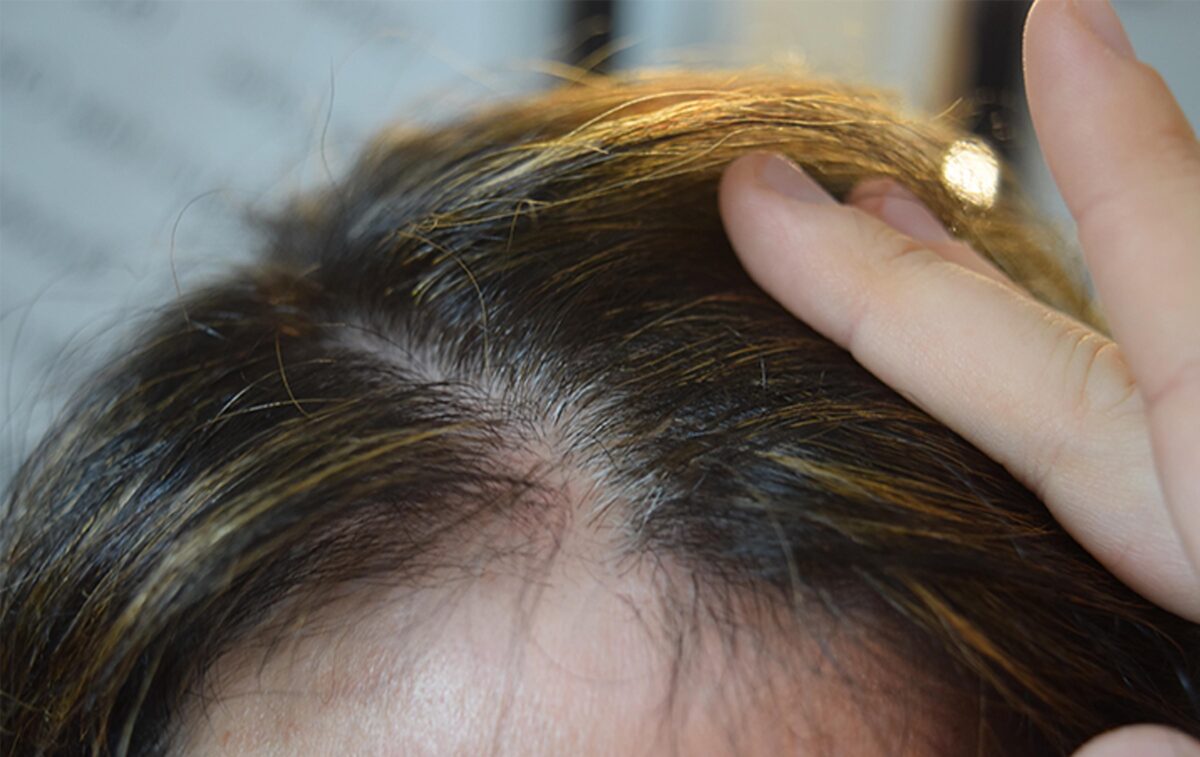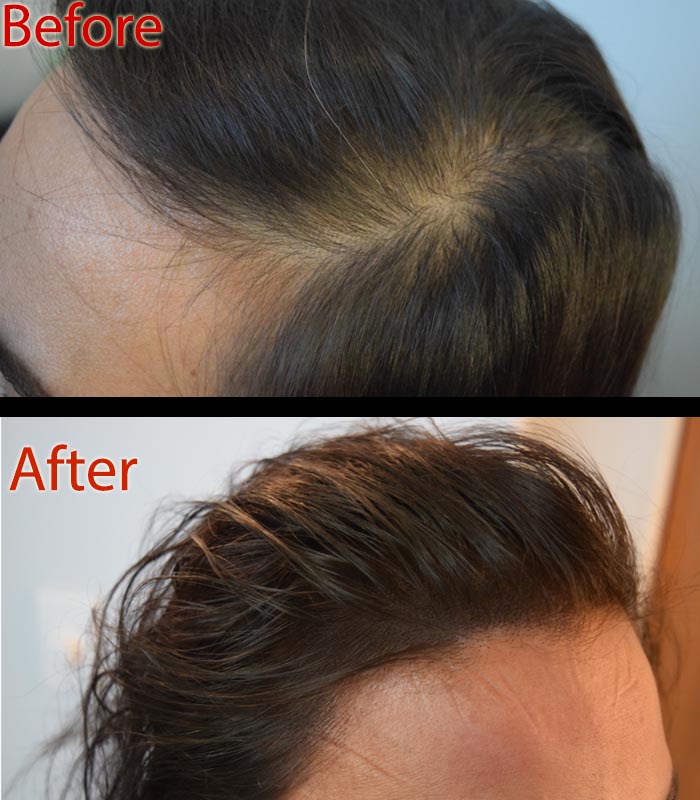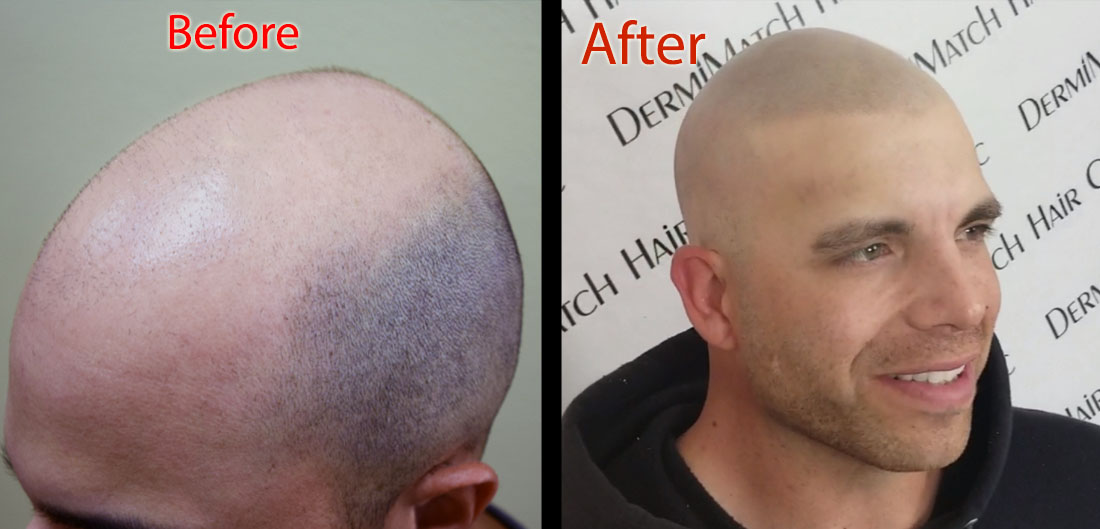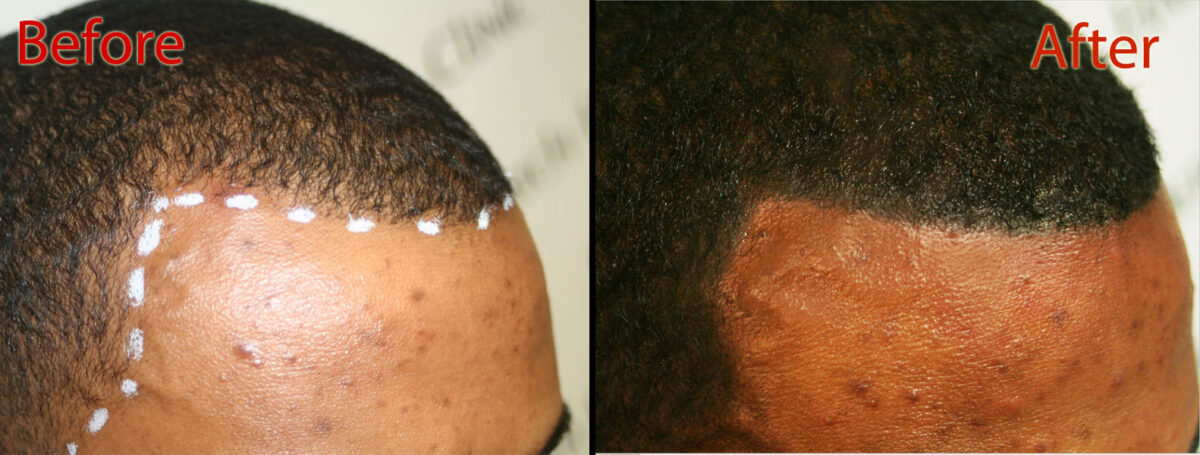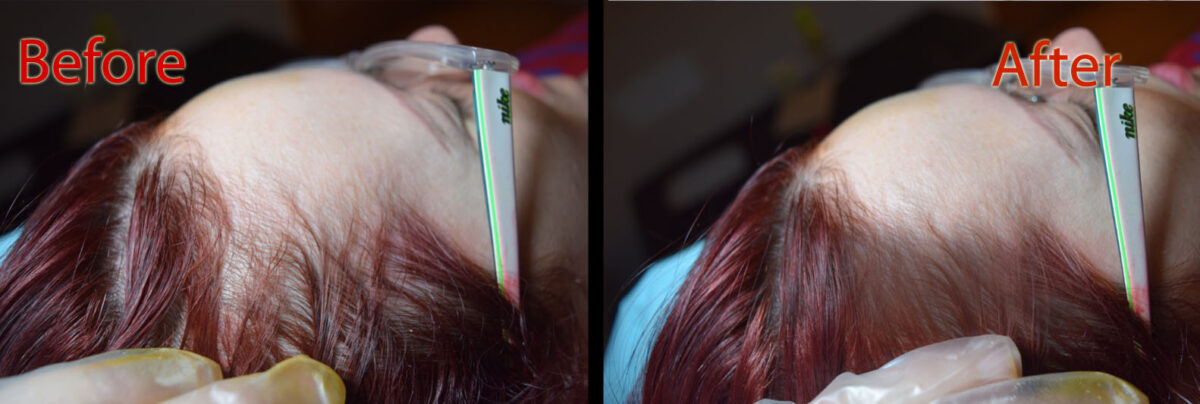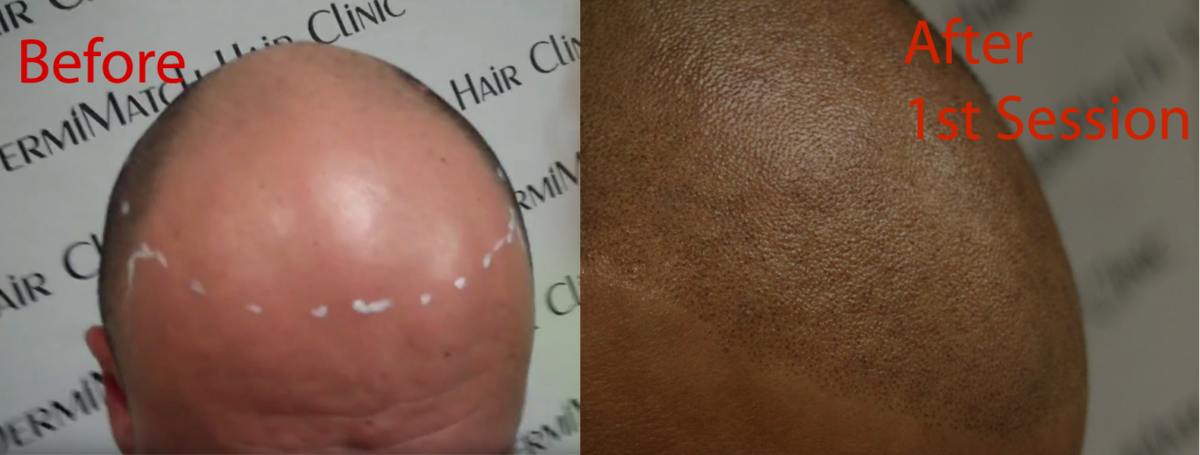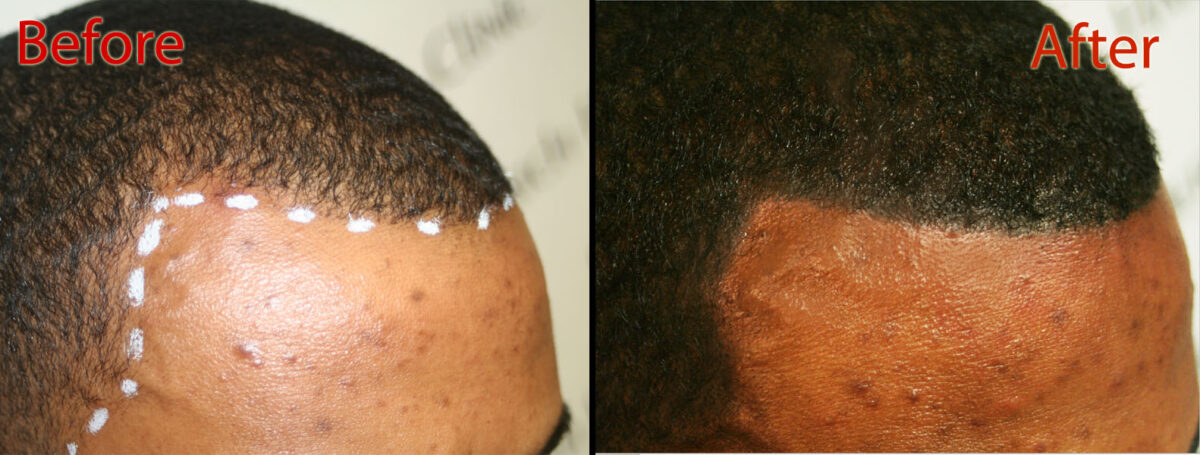You might not want to believe but the fact is that harsh hair products cause hair loss. This is the story of millions of people worldwide, yet many don’t realize their favorite shampoo or styling product could be the culprit. Do you? Recent FDA investigations have linked specific hair cleansing products to significant hair thinning, breakage, and even permanent follicle damage.
How Can Harsh Hair Products Cause Hair Loss?
Yes, certain shampoo ingredients can trigger hair loss. The FDA received thousands of adverse event reports about styling products, with users experiencing severe hair thinning and scalp irritation. Studies show that mice treated with these products displayed abnormal hair growth cycles, proving the connection between harsh chemicals and follicle damage.
Which Ingredients Are Destroying Your Hair?
The worst offenders in hair loss caused by harsh hair products include sodium lauryl sulfate (SLS), which strips natural oils and weakens hair shafts. Parabens disrupt hormonal balance, while high alcohol content in styling products causes extreme dryness and breakage.
DMDM hydantoin releases formaldehyde and has sparked numerous class-action lawsuits after users reported severe hair loss and scalp burns.
Why Chemical Treatments Accelerate Hair Damage?
Hair loss often worsens with chemical treatments, such as perms and permanent dyes. These processes use oxidants, such as hydrogen peroxide, that penetrate deep into hair structure, weakening both the cuticle and cortex. Over time, repeated exposure creates irreversible damage that no amount of conditioning can repair.
Is Hair Product-Related Loss Permanent?
Unfortunately, hair loss caused by harsh hair products can become permanent when chemical damage extends to the follicle itself. While temporary breakage may recover with gentler products, chronic scalp inflammation from toxic ingredients can permanently impair follicle function. This is why prevention and early intervention are crucial.
Natural Remedies Often Fall Short
Many people try switching to sulfate-free shampoos, reducing wash frequency, or using natural oils to reverse hair loss caused by harsh hair products. While these steps help prevent further damage, they cannot restore hair that’s already gone or repair permanently damaged follicles. This is where modern solutions become essential.
Scalp Micropigmentation: The Game-Changing Alternative
When natural remedies fail to address hair loss caused by harsh hair products, scalp micropigmentation offers an immediate, effective solution. Unlike topical treatments that promise regrowth, SMP creates the visual appearance of fuller hair by depositing medical-grade pigments into the scalp. This non-surgical procedure works regardless of the underlying cause of hair loss.
SMP requires no harsh chemicals, poses no risk of further follicle damage, and provides instant results. The treatment helps those using harsh hair styling products and suffering from hair loss.
Choosing the Right SMP Artist
With rising popularity comes risk – many traditional tattoo artists now claim to offer SMP services without proper training. This is dangerous. Scalp micropigmentation requires specialized equipment, medical-grade pigments, and a deep understanding of scalp anatomy. Regular tattoo ink will fade incorrectly and create unnatural colors over time.
Look for certified SMP specialists with extensive before-and-after portfolios, proper medical facility credentials, and specific training in scalp micropigmentation techniques. Avoid practitioners who use standard tattoo equipment or cannot demonstrate specialized SMP certification.
Unfortunately, harsh hair products cause hair loss that could become permanent, affecting your appearance forever. While prevention through gentler products is ideal, SMP provides a permanent solution when damage is already done. Choose your Arizona SMP artist as carefully as you should have chosen your hair products – your confidence depends on both decisions.
Get in touch with top scalp practitioners in Arizona at DermiMatch Clinic now.

